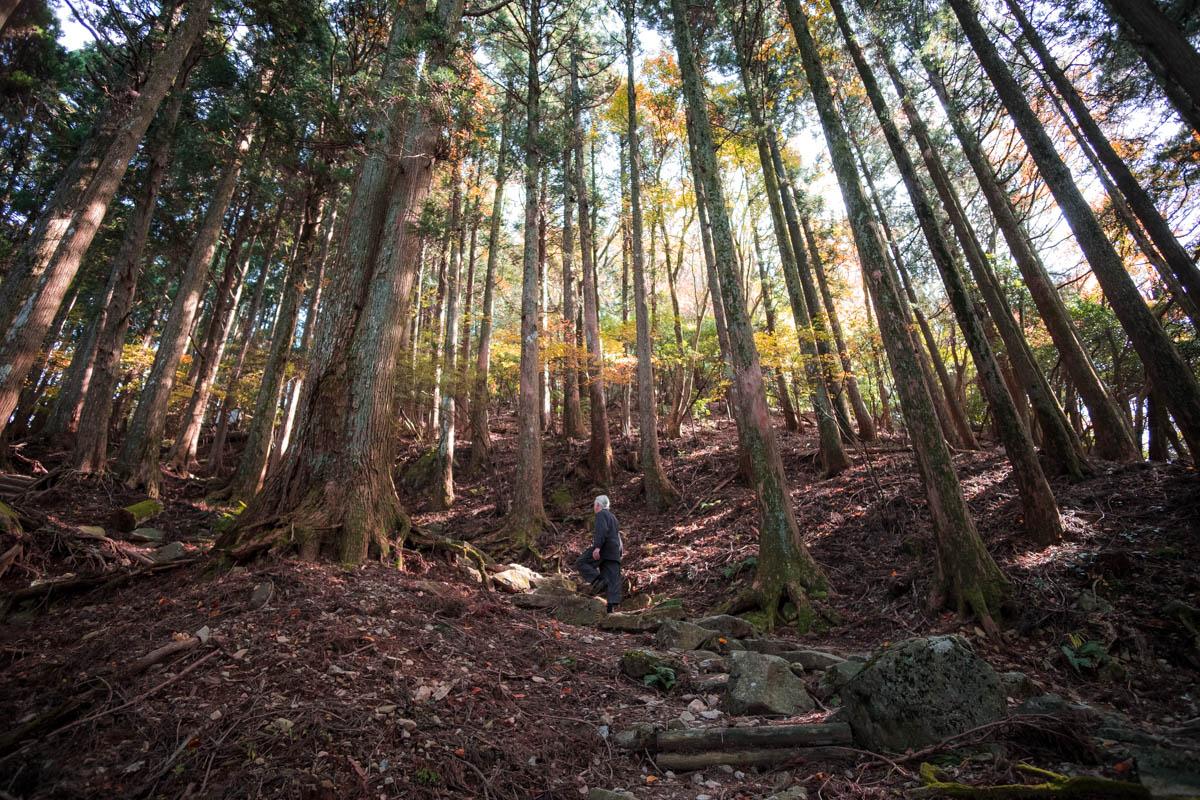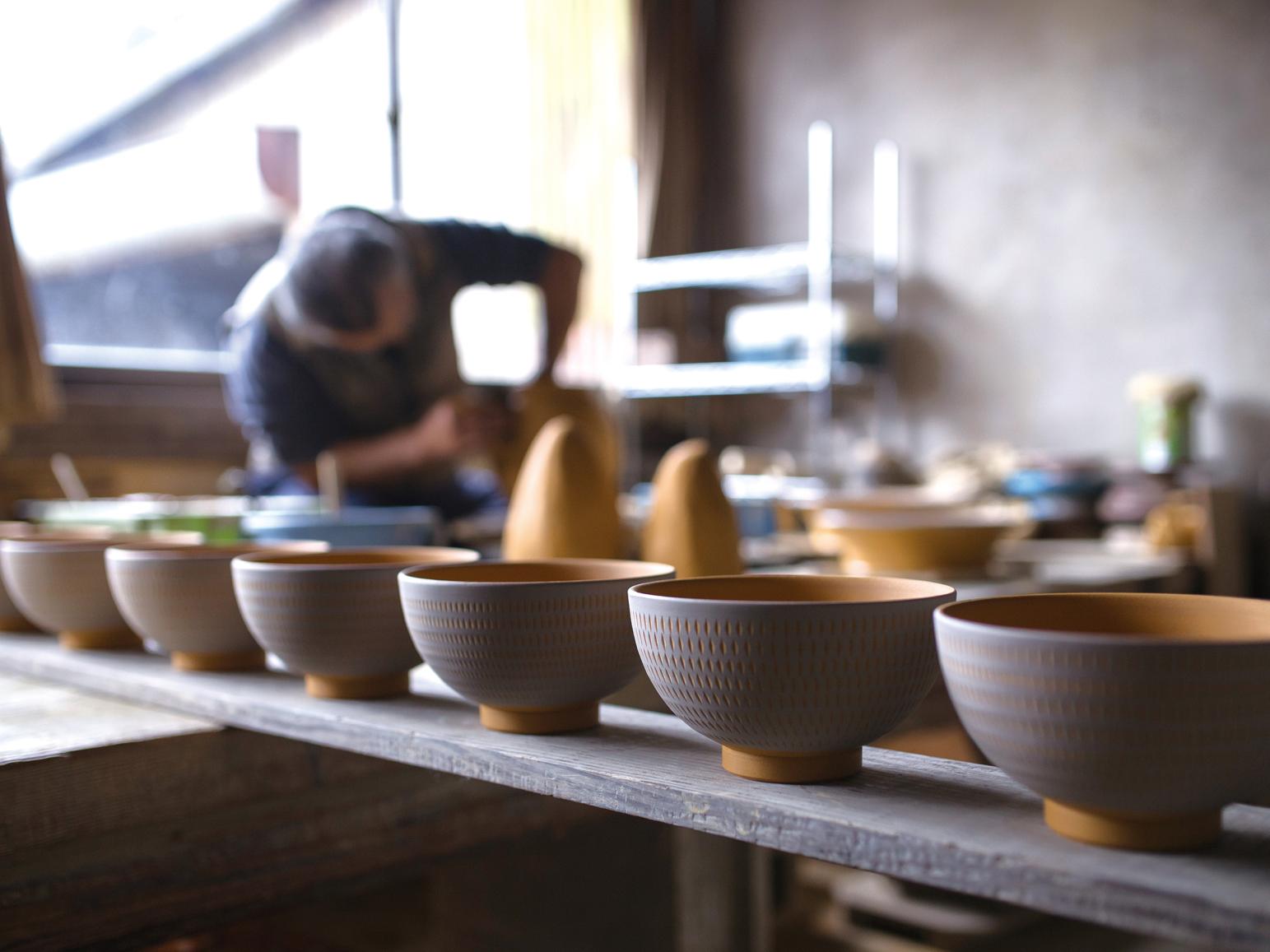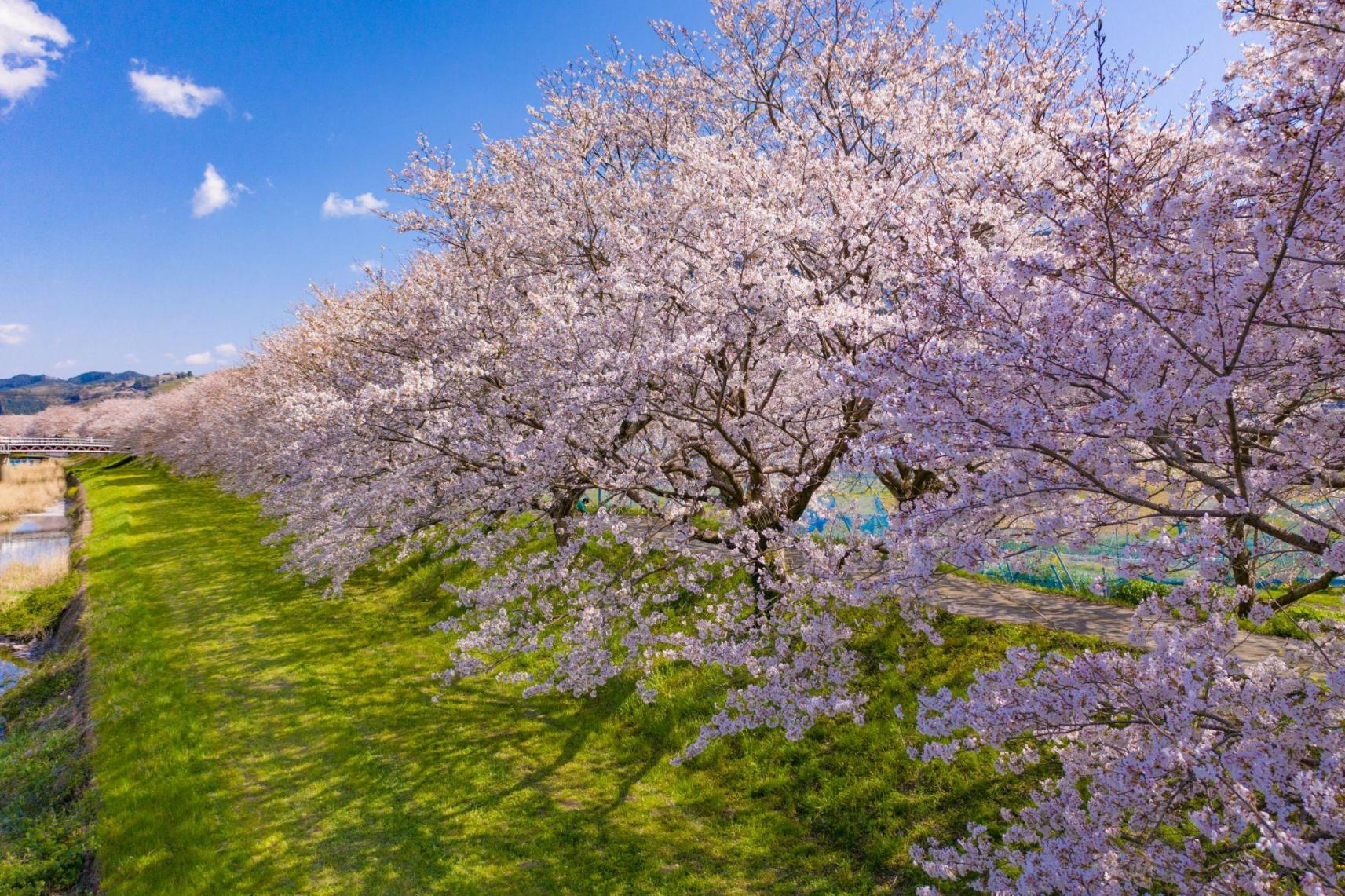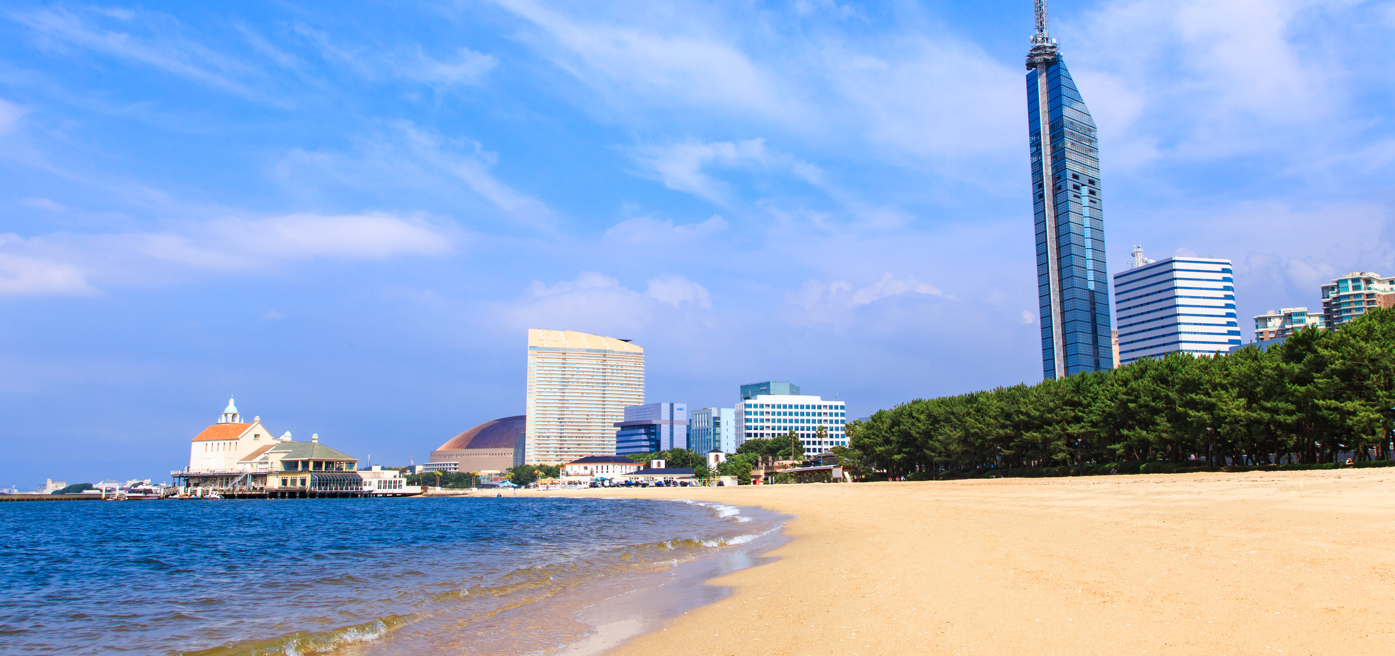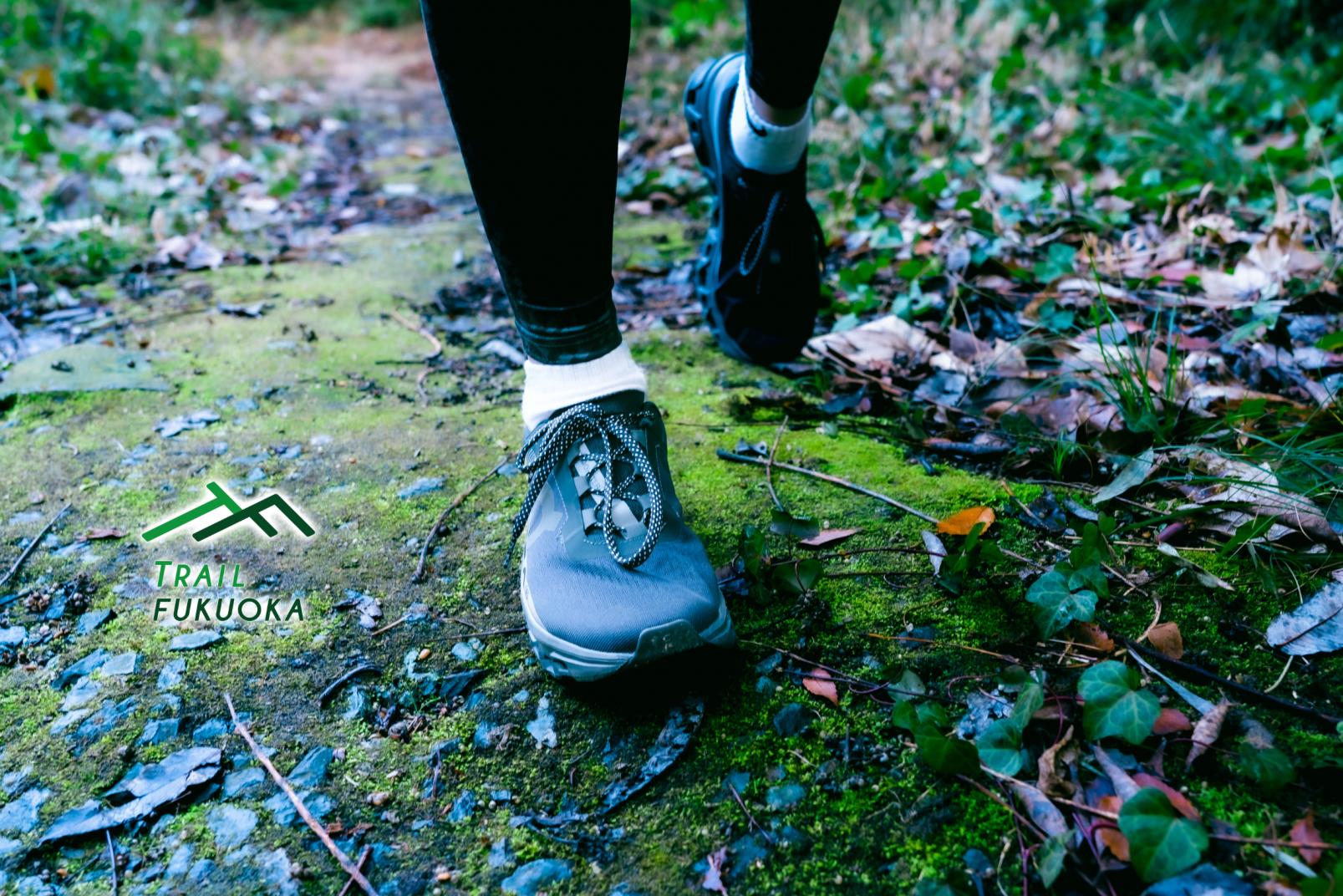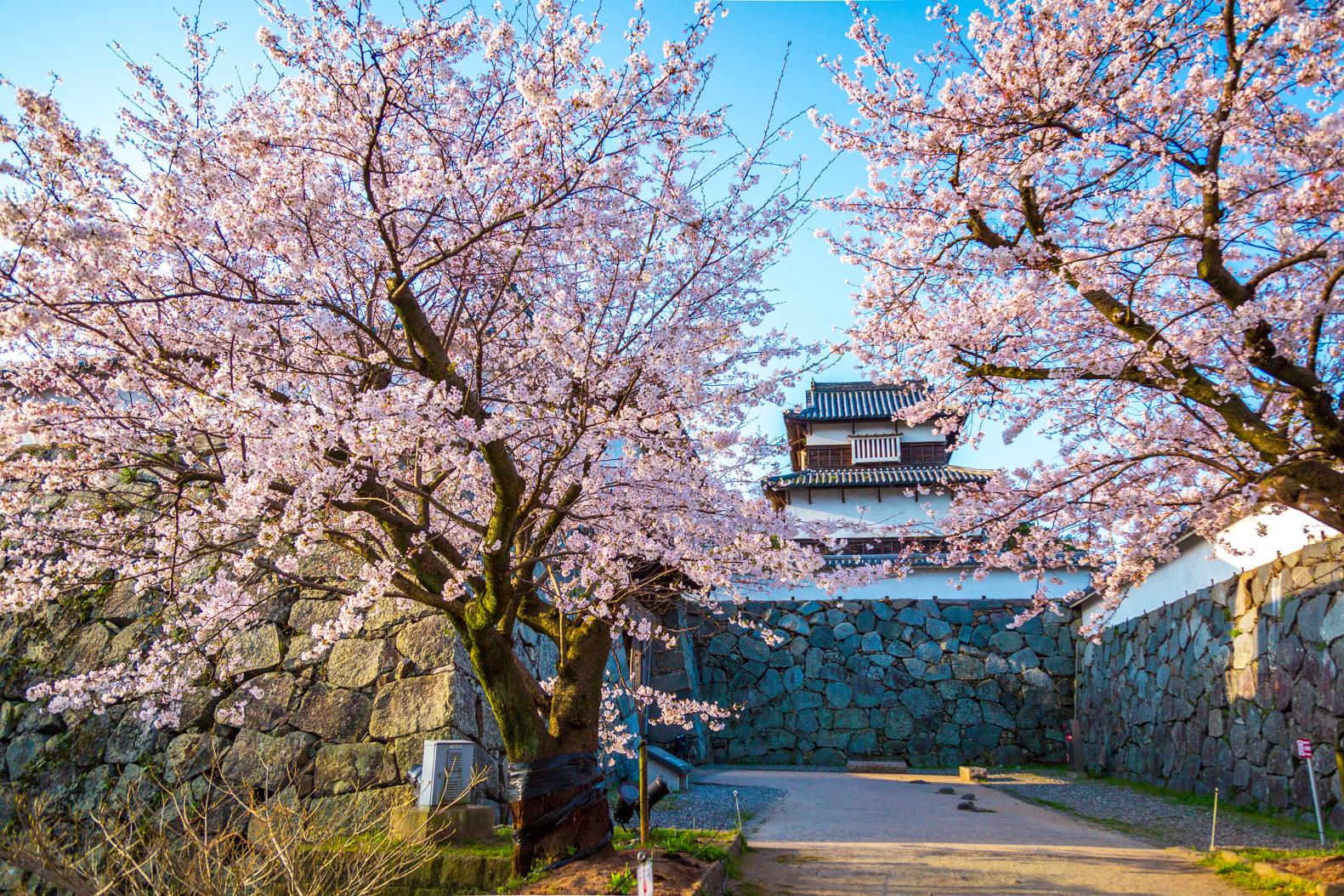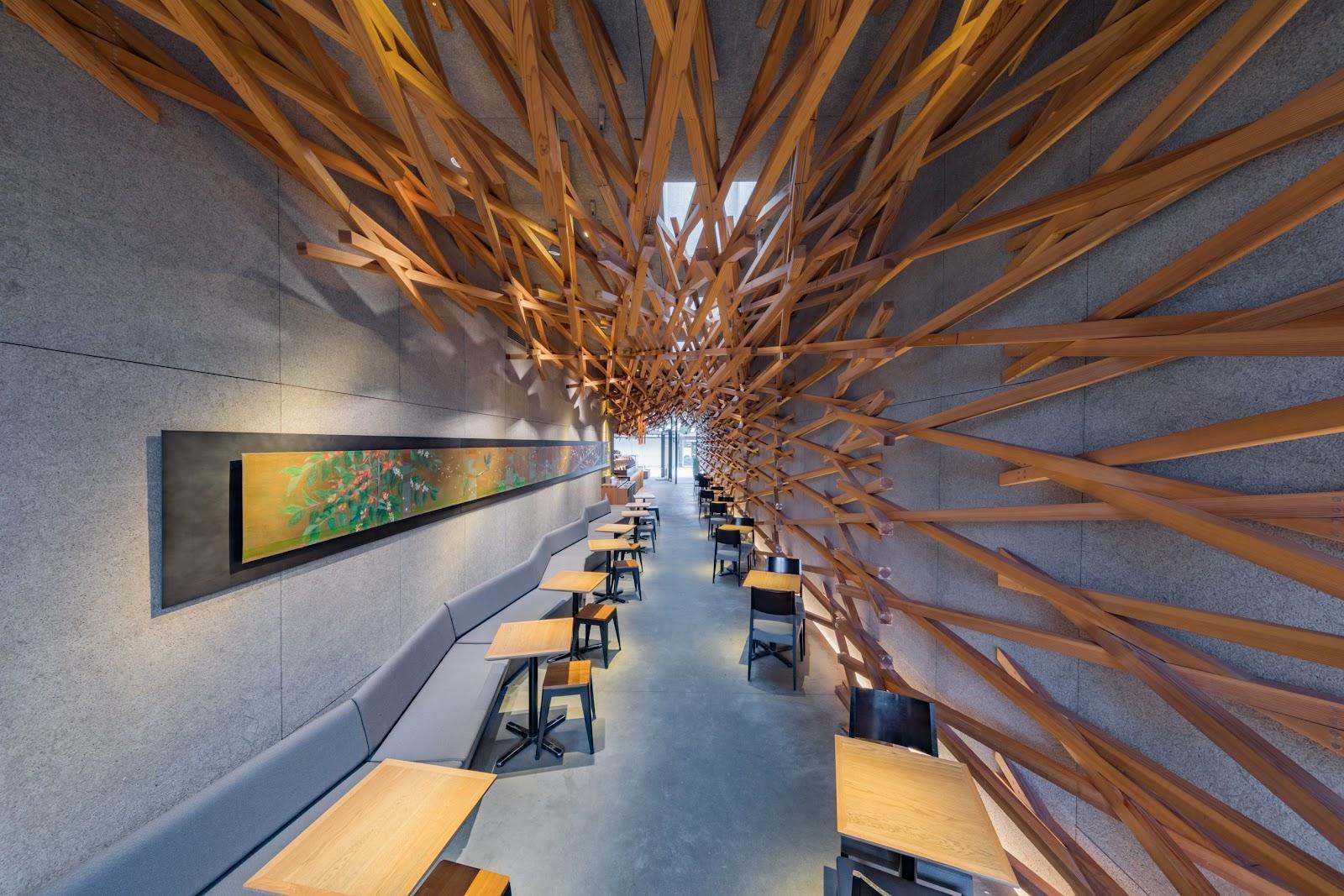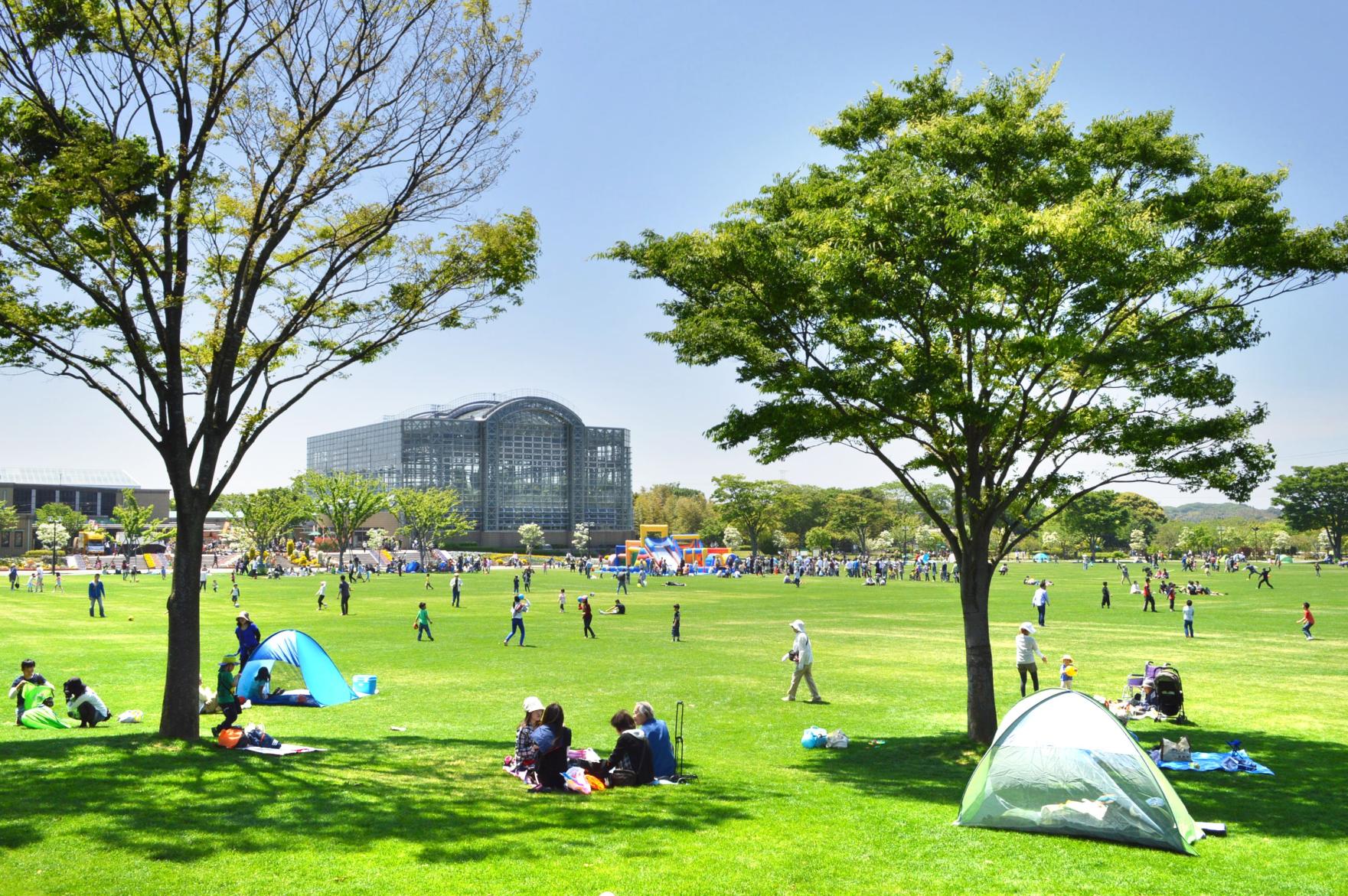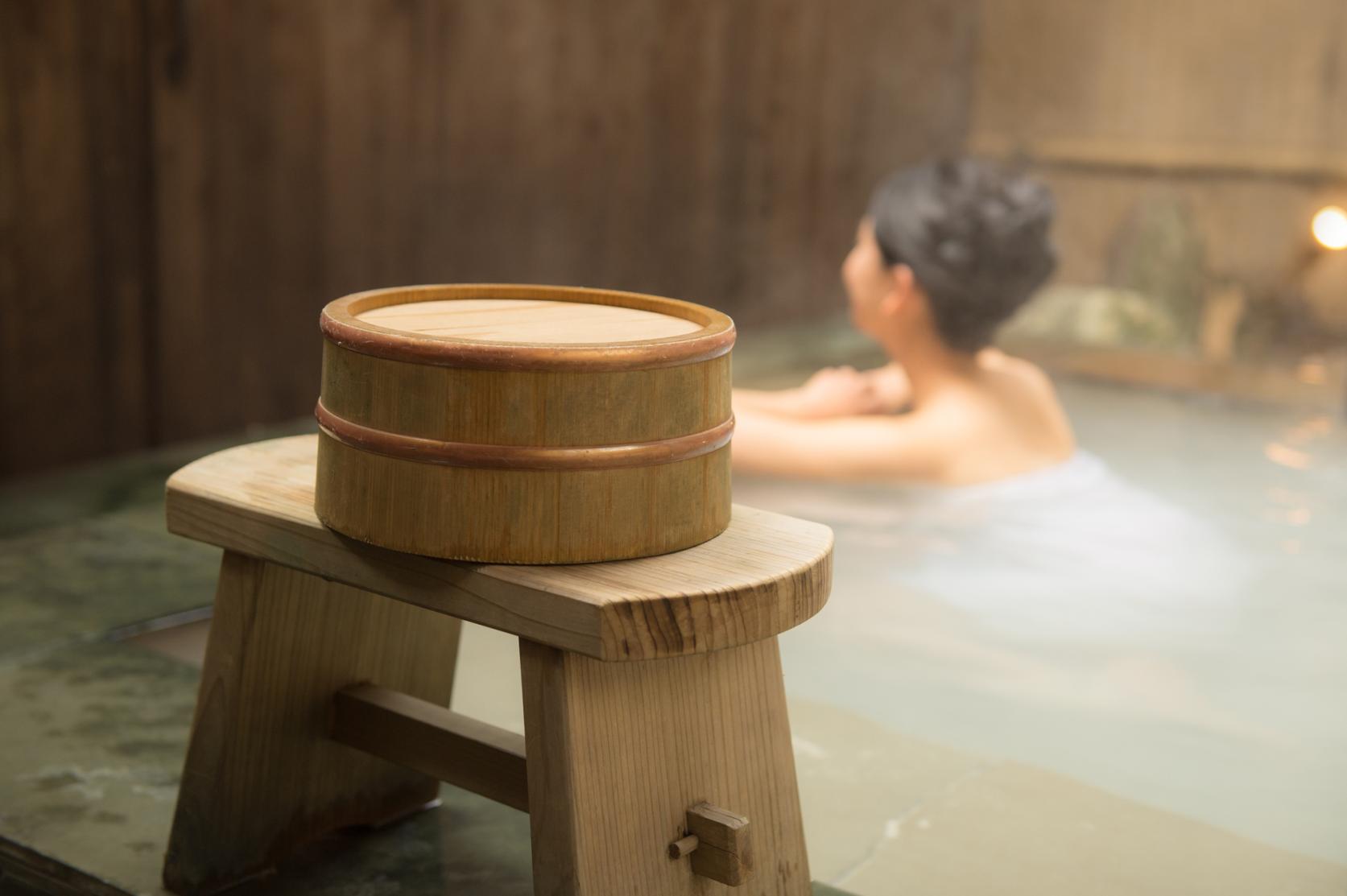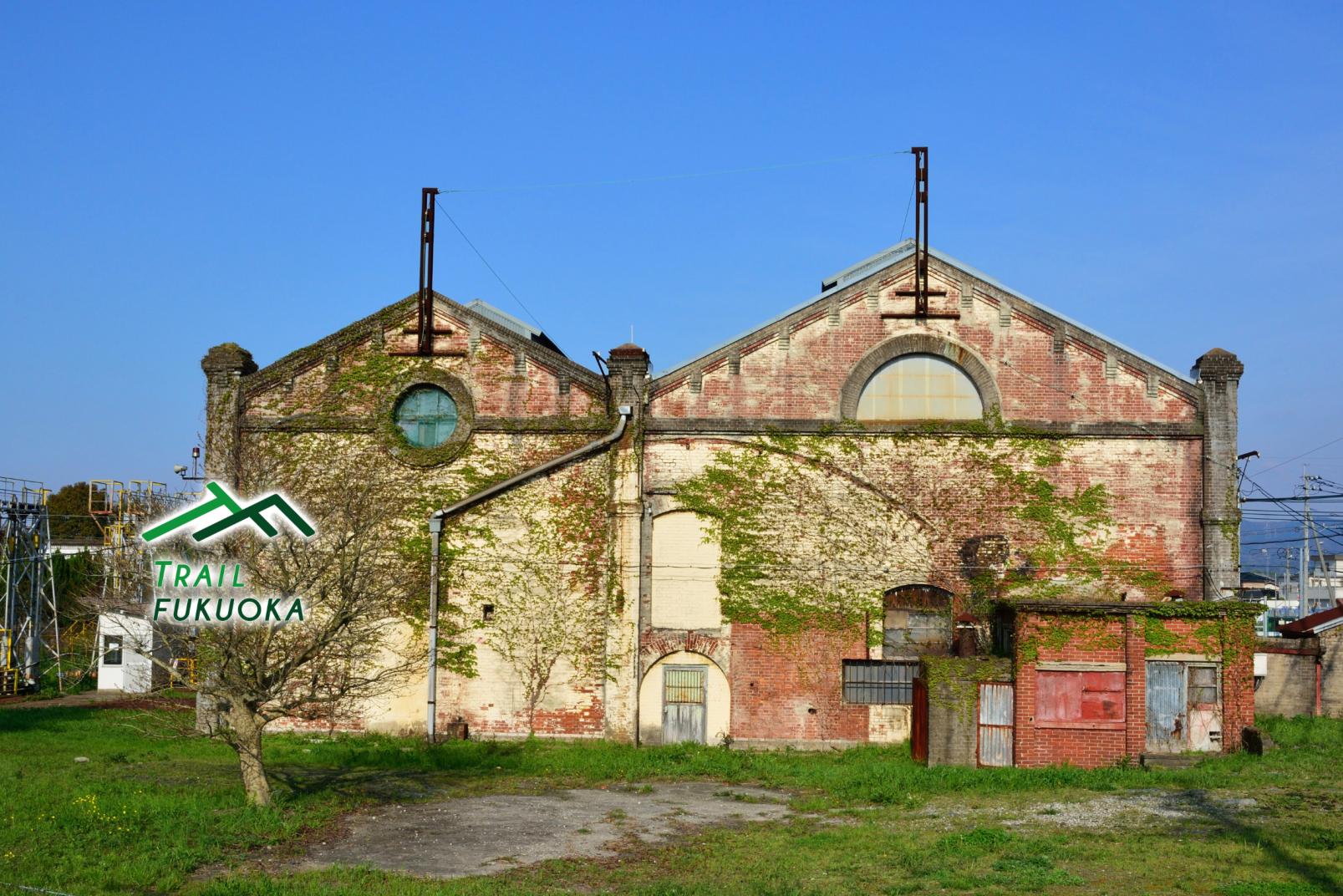
Nakama Footpath
Kamisokoino route
This walking path on the west bank of the Onga River, which flows through the center of Nakama City, passes a rich variety of natural and cultural heritage. The lush green Habu Park is famous for cherry blossoms and hydrangeas. Tsukise Hachimangu Shrine is a shrine famous for its Japanese lilies that bloom in July. It is said that historic figures would visit this scenic place to recover from the fatigue of their journey. Admire the old bricks and rows of houses that bring back the past of Sokoino, and enjoy the seasonal views of farming in the country areas. There is also a spot where you can see the Onga River Pumping Station, designated as a World Heritage Site, across the Onga River.
[Location data] Nakama-shi Community Exchange Center
Not just a hub for tourist information, the Center also has a display about the Onga River Pumping Station World Heritage Site and sells souvenirs. The rest area on the first floor is available for eating and drinking, so you can bring in a bento box purchased at Sakurakan market next door and relax. There are also plenty of facilities for cyclists such as bike stands and air pumps. On the second floor, there is a meeting room and a cooking room (fee required), which can be used by anyone.
■Amenities
Parking: Yes / Toilets: Yes / Water station: Yes / Camping: No
【Sightseeing information】
-
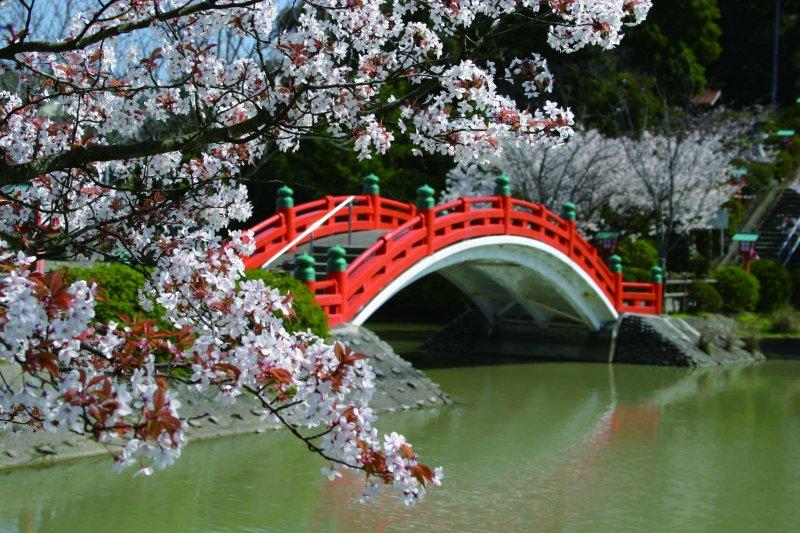
Habu Park
View moreThe biggest park in the city has retained much of the original nature, so there is greenery to enjoy in all seasons. It is also a famous cherry blossom spot that is thronged with hanami visitors every year. The red bridge over the lake crosses to Habu Jinja Shrine.
-
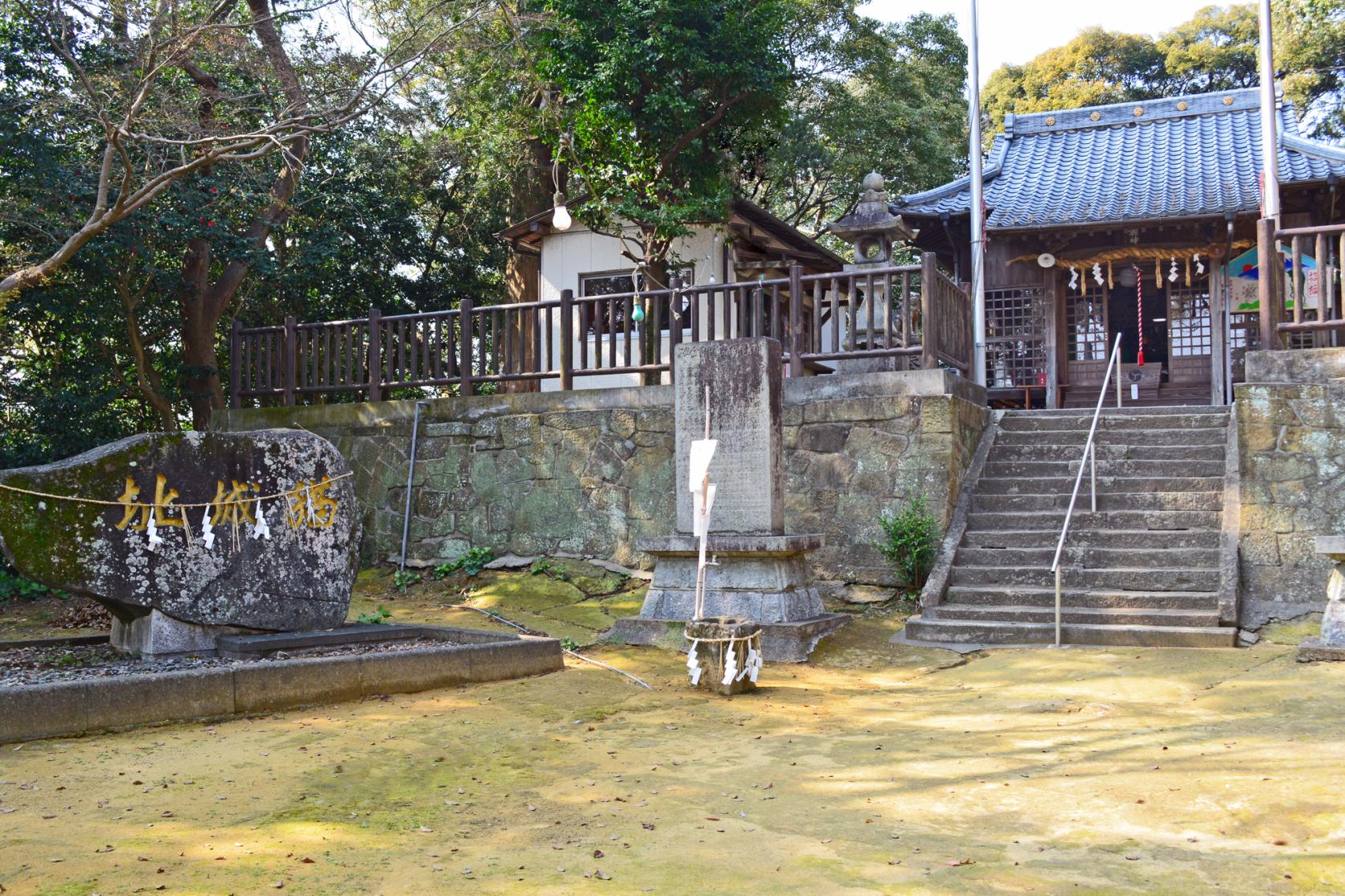
Neko Castle ruins and Tsukise Hachimangu Shrine
View moreNeko Castle was built in a strategic location overlooking Munakata, Kurate and Onga. During the Warring States period (1467–1615), there were many battles over this castle, but it never fell. After the castle was abandoned, Tsukise Hachimangu Shrine was built on the site, famous for its lilies that bloom in July.
-
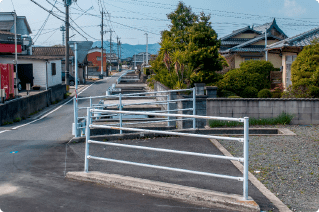
Sokoino Bypass
During the Edo Period (1603-1868), this bypass contributed to shortening the time and distance required to move around by linking two major roads in the area. The convenience meant it was used by a lot of travelers and merchants. Its strategic position in the transport network meant that Sokoino village, located in the middle of Sokoino, prospered mightily.
【TRAIL MAP】
Google Maps may not display correctly if left open for more than 1 day
Dotenouchi route
This itinerary takes in the the Onga River Pumping Station, which won World Heritage Site listing in 2015. The pumping station building, which has been in operation since 1910 and is a stylish red brick building, is well worth a look. Walk the Onga Horikawa Canal and explore the natural beauty of the Kurokawa Riverbed.
[Location data] Nakama City Hall
This facility overlooks the Onga River, a Class A (nationally important) river system. Free Wi-Fi is available in the first floor lobby of the main building. Yaskawa Electric Corporation's machines are also available to play.
■Amenities
Parking: No / Toilets: No / Water station: Yes / Camping: No
【Sightseeing information】
-
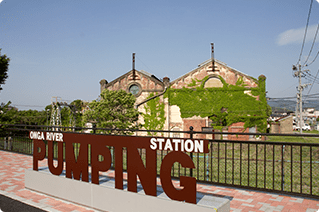
Onga River Pumping Station
View moreBuilt in 1910 in conjunction with the first phase of expansion of the government-run Yawata Steelworks to double steel production, which required a new water source from the Onga River to cool the iron. The interior is reminiscent of a church, the façade modern with round windows and bricks; the design of the water supply system, the boilers and pumps made in England were all state-of-the-art at the time. It was listed as a World Heritage Site in 2015 and has been in active operation for more than a century.
-
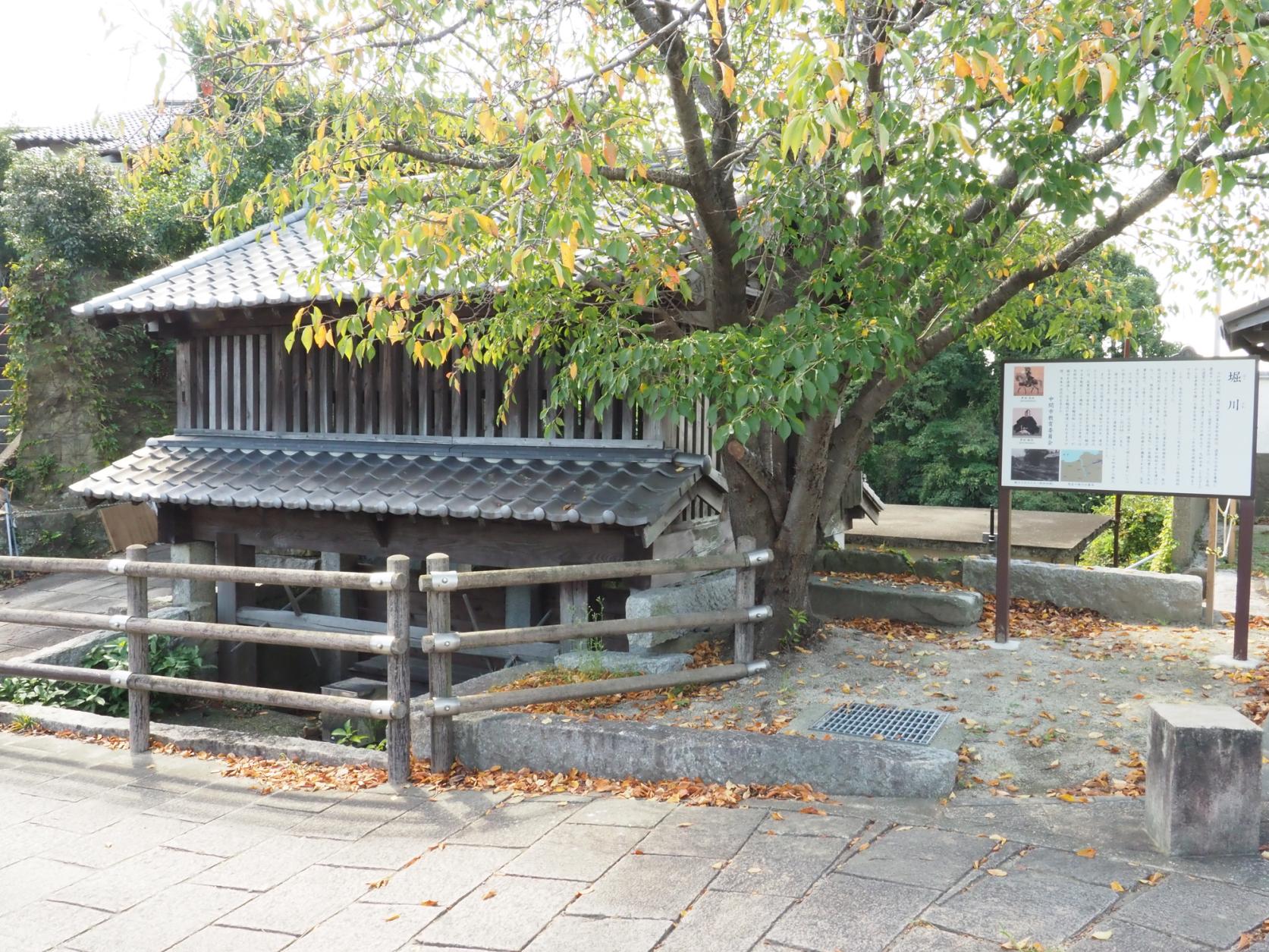
Nakama Karato on Hori River Canal
A canal that opened in 1762, flowing 12.1km from Kusabashi to Dokai Bay. In the Meiji period it became a vital freight link for coal shipped from the Chikuho coalfield, with around 100,000 ships passing through annually at its peak.
-
【TRAIL MAP】
Google Maps may not display correctly if left open for more than 1 day
Machinaka route
Nakama City was once a flourishing coal town. This itinerary runs through the town center including Nakama Station and Showamachi. Get up close and personal with the history of Nakama by visiting the entertainment district, where coal miners would come for rest and recreation. You will also have the chance to encounter famous stone statues from around the world.
[Location data] Nakama Harmony Hall
A great hall with a capacity of approximately 700, small hall, exhibition room and conference rooms. Events held here include concerts and exhibitions.
■Amenities
Parking: Yes / Toilets: Yes / Water station: Yes / Camping: No
【Sightseeing information】
-
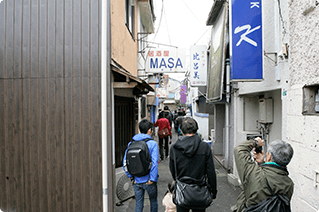
Showamachi entertainment district
Back when this was a bustling coalmining town, these streets were lined with pubs and bars. Enjoy the retro appearance of the streets, buildings, and signs.
-
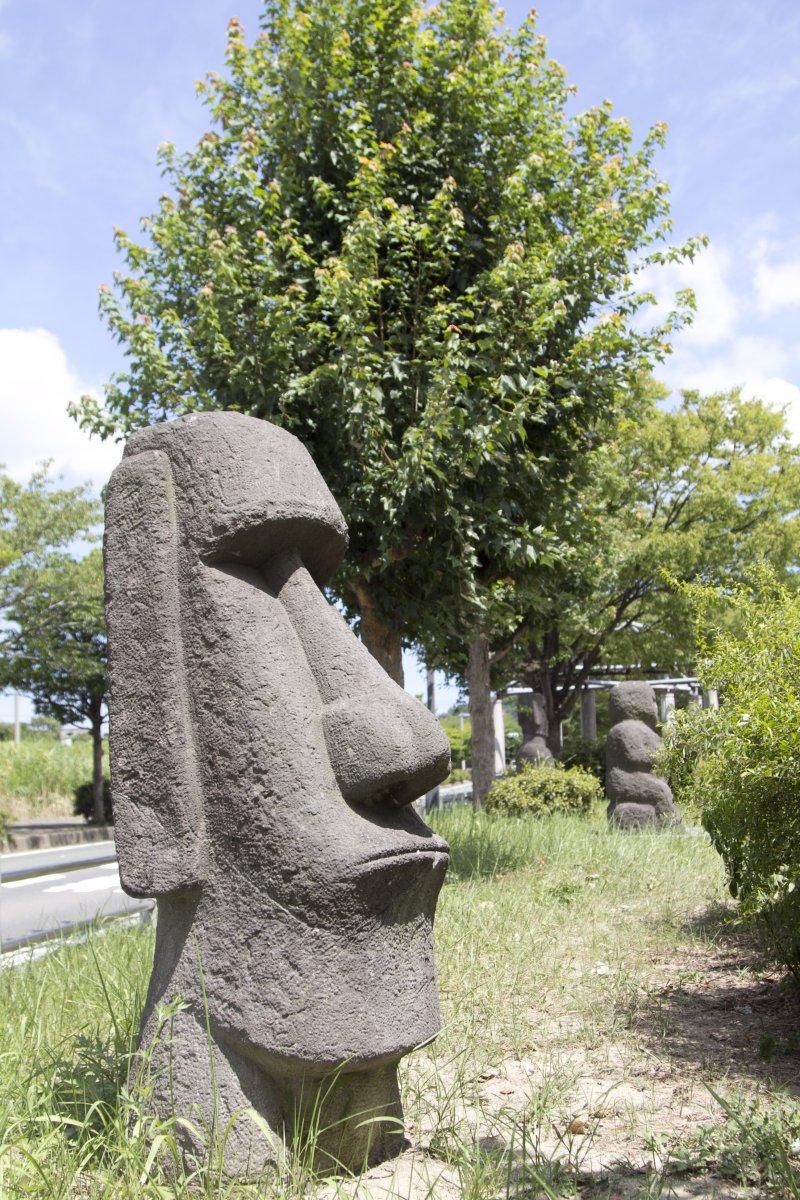
Museum Without A Roof
View moreBuilt on the site of a railway that was laid to ship coal from nearby mines. The Easter Island moai stones and other stone replicas at this open-air museum might give you the feeling of a trip around the world.
-
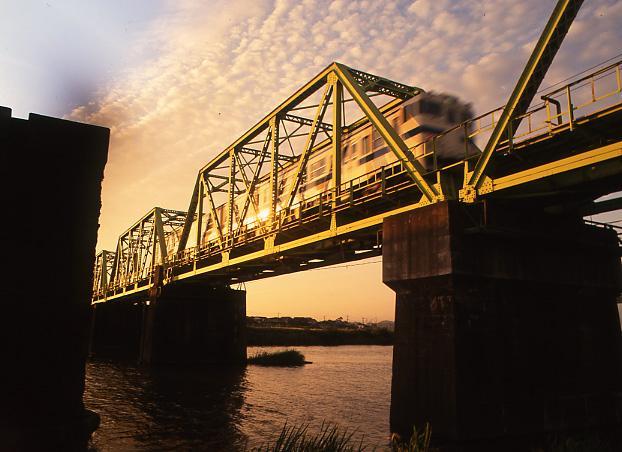
Bridge columns on the JR Chikuho Line
View moreThe Chikuho Railroad bridge span opened in 1891 to improve the efficiency of coal shipments. The steel span has been rebuilt since, but the brick columns remain as a momento of that event.
【TRAIL MAP】
Google Maps may not display correctly if left open for more than 1 day
Nakasokoino route
Located on the west bank of the Onga River, which flows through the center of Nakama City, Nakasokoino has retained many bucolic features. Explore and discover rare and unique sights as you stroll though the rice fields which change with the seasons. This was the birthplace of Tsukigata Kiyoshi, a pioneering forefather of Hokkaido in the 19th century.
[Location data] Nakasokoino Community Hall
A facility used by local residents, a monument to the birth of Tsukigata Kiyoshi, the pioneer of Hokkaido, can be seen on the grounds.
■Address
482-1 Nakasokoino, Nakama City
■Operating season
Open only for events
■Amenities
Parking: Yes / Toilets: Yes / Water station: No / Camping: No
【Sightseeing information】
-
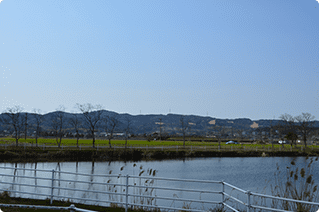
Fushu Lake
A lake surrounded by tranquil rural landscapes where you can observe a variety of birds and other wild animals.
-

Path of Greenery
Take a nature walk through the rice paddies. On a clear day, the blue sky and gentle breezes are a delight.
-
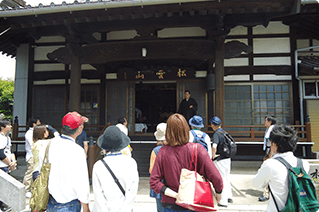
Jo-onji Temple
A temple of the Hongwanji-ha Buddhist organization. The priests are very approachable and get on well with the local people.
【TRAIL MAP】
Google Maps may not display correctly if left open for more than 1 day
Tenmangu Shrine route
It is said that Sugawara no Michizane, a nobleman who lived in the 9th century and is now known as the "god of learning", stopped by here. The red and white plum blossoms that bloom in January and February attract a lot of visitors. This itinerary is packed with interesting and historical sights such as streets that retain some traces of coalmining days and Moai stone monoliths.
[Location data] Nakama City Hall
This facility overlooks the Onga River, a Class A (nationally important) river system. Free Wi-Fi is available in the first floor lobby of the main building. Yaskawa Electric Corporation's machines are also available to play.
■Amenities
Parking: No / Toilets: No / Water station: Yes / Camping: No
【Sightseeing information】
-
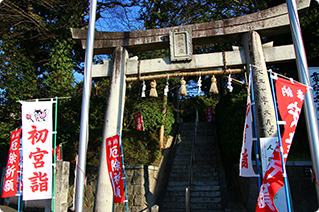
Soshagu Shrine
This Shinto shrine is dedicated to the Shinto god of Wakamiya Hachiman. It is adorned with large ema (votive wooden wishing plaques) on which the chief priest has drawn good luck illustrations.
-
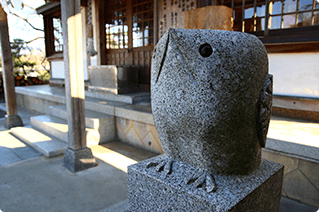
Umeyasu Tenmangu Shrine
View moreDedicated to god of learning Sugawara no Michizane, this shrine is also known for enshrining the god of easy childbirth. There are a large number of plum trees growing along the road leading to the shrine which burst forth in red and white blossoms in January and February. A statue of an eagle stands before the prayer hall and draws students who pray for good performance in their exams, as stroking it is said to boost intelligence.
-
【TRAIL MAP】
Google Maps may not display correctly if left open for more than 1 day
Nakama Toritani route
This is a route created by students at the Fukuoka Prefectural Nakama High School.
There are a lot of hills and many picturesque spots. You will surely be excited see the constant scenery changes. Enjoy strolling around the town through the eyes of a high school student.
[Location data] Toritani Station, Chikuho Electric Railroad
In addition to the students at the Prefectural Nakama High School, many Nakama residents also use the station. A major supermarket, banks and longstanding restaurants are within walking distance.
■Address
Taga 1-chome, Nakama City
■Amenities
Parking: No / Toilets: No / Water station: Yes / Camping: No
【Sightseeing information】
-
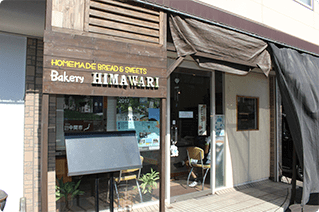
Himawari Bread Studio
This is a bakery run by a happy couple. The rich variety of cream buns available here is amazing. They sell bread, baked donuts, madeleines and more, making it the perfect place to pick up treats for family, friends or colleagues.
-
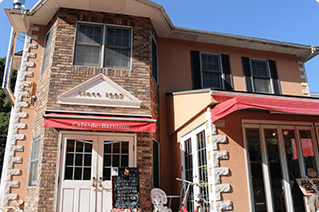
Café de Barbizon
The aroma of roasting coffee beans greets visitors to this popular café. Thanks to having its own roaster, you can enjoy a cup of freshly brewed coffee here (you can also buy coffee beans roasted at the cafe). On a wide and varied menu, the "omurice" (Japanese omelette rice) is especially recommended.
-
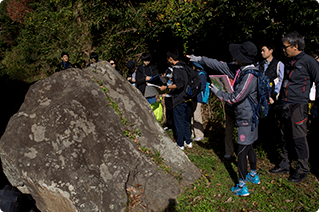
Wakudo Rock
Legend has it that this rock fell down the mountain from Asagiri Shrine in the ancient past and that it produced water after a prayer for rain. It is also said that moving the rock would make the movers sick, and locals believe it to this day. The rock remains unmoved. Previously, the rock was high enough for children to reach only by outstretched hand, but due to subsidence it is now much lower.
-
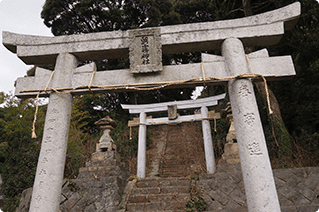
Asagiri Jinja Shrine
When the first emperor of Japan, Jinmu, was searching for land to build a palace, he lost his way in the thick fog. The next morning, it cleared up and when he saw foxes playing at the foot of a mountain that looked like a pile of rice, he decided locate his palace there, hence the name "Asagiri". There is also Koshindo temple on the grounds.
【TRAIL MAP】
Google Maps may not display correctly if left open for more than 1 day


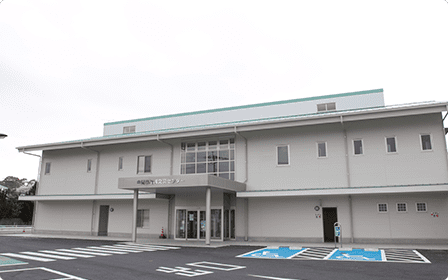
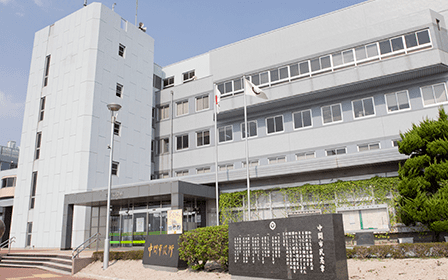
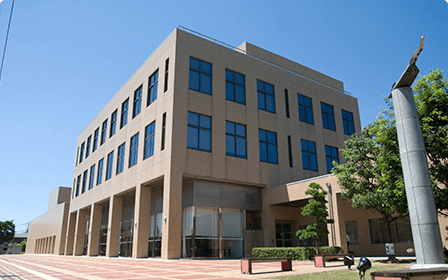
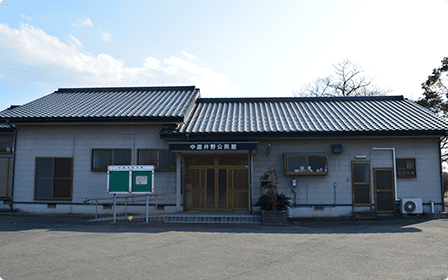
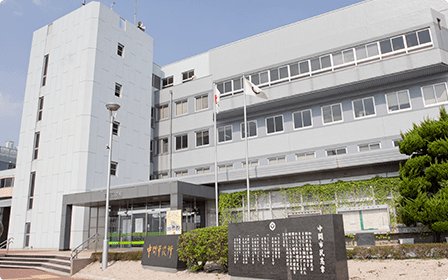
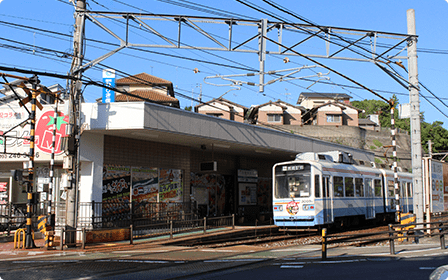
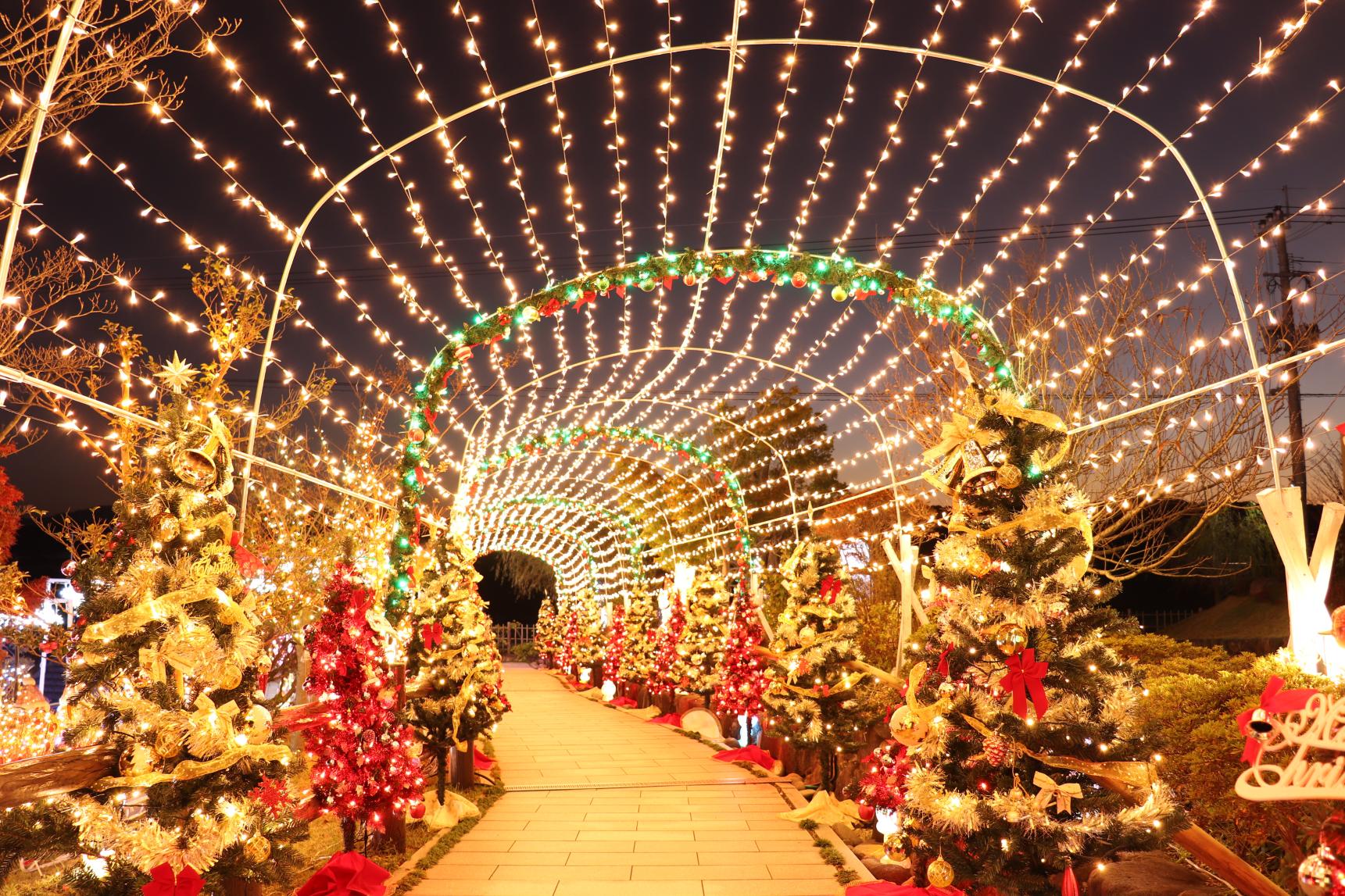
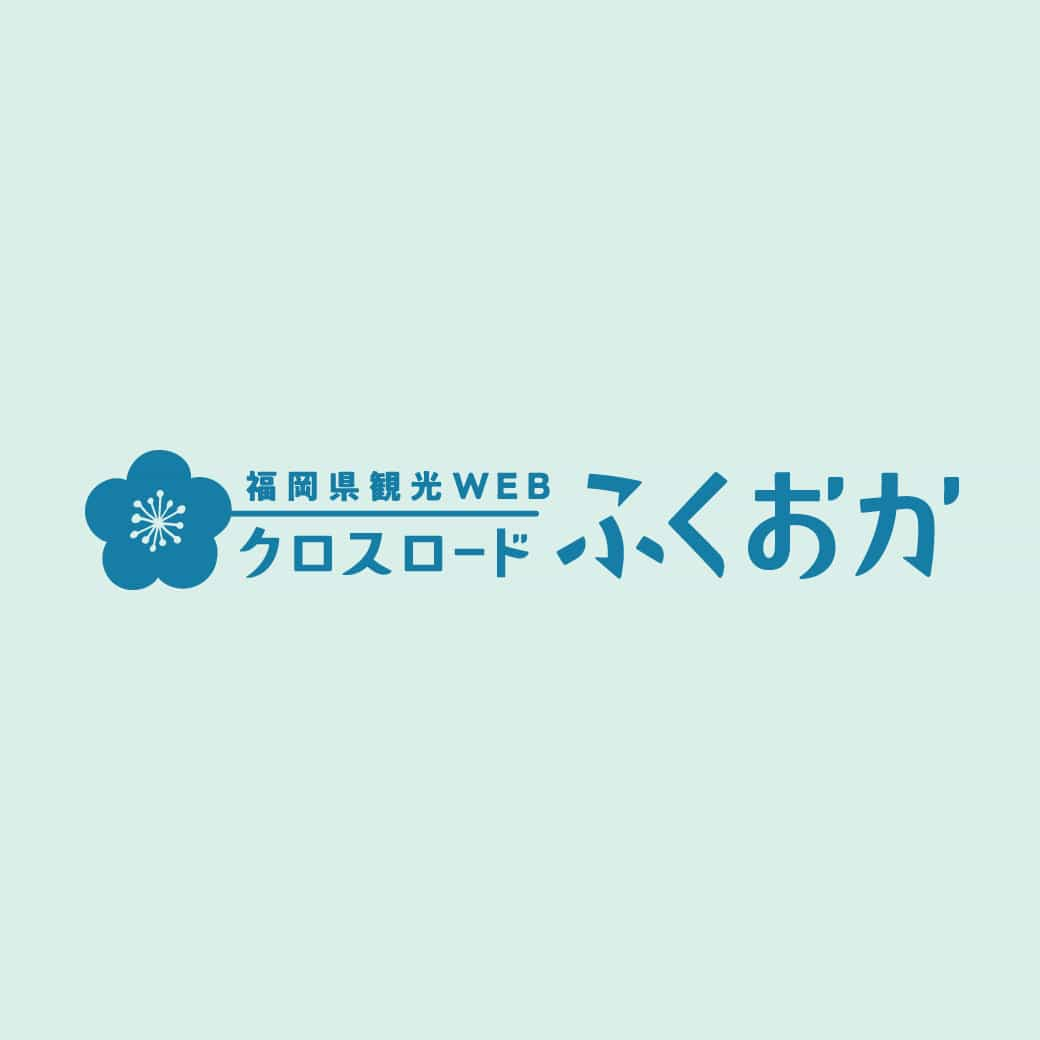
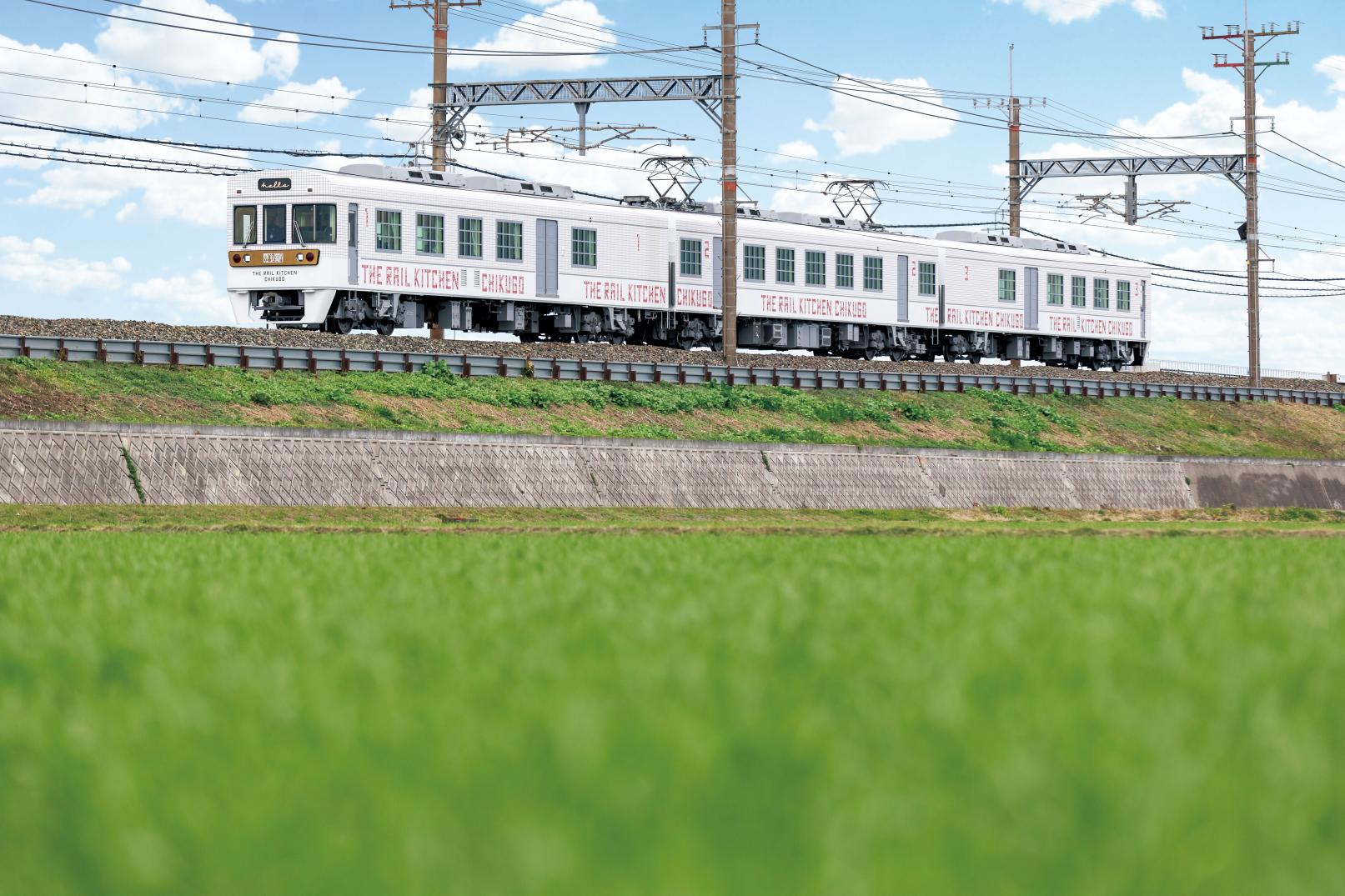
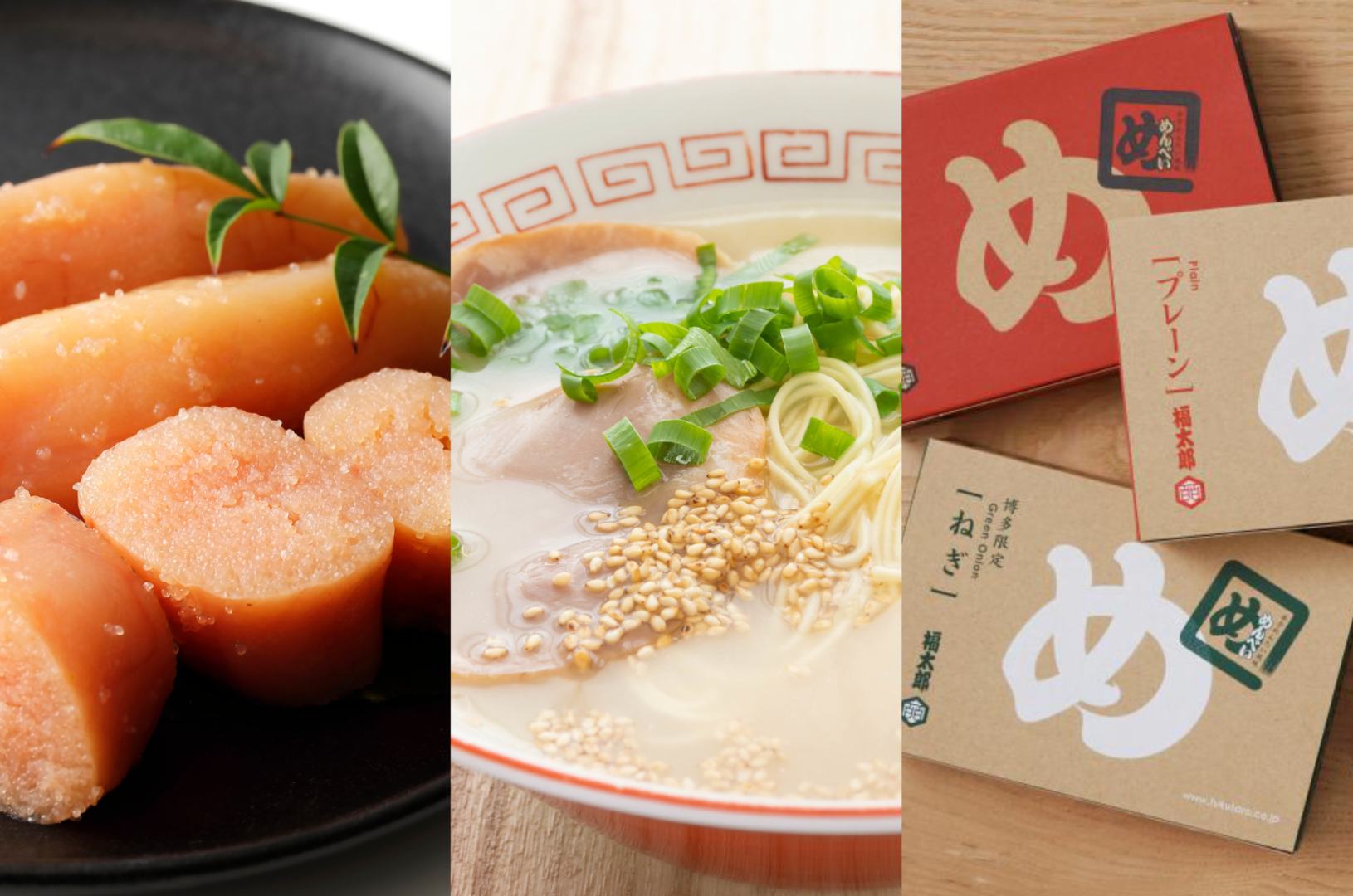
![[2024 Edition] Your Guide to Fukuoka Prefecture's Best Fall Foliage Destinations-1](https://www.crossroadfukuoka.jp/storage/special_features/279/responsive_images/49m7voPHQ1J9tJsmiguwSxPT6qZON51ATRvm5NJK__1673_1115.jpg)
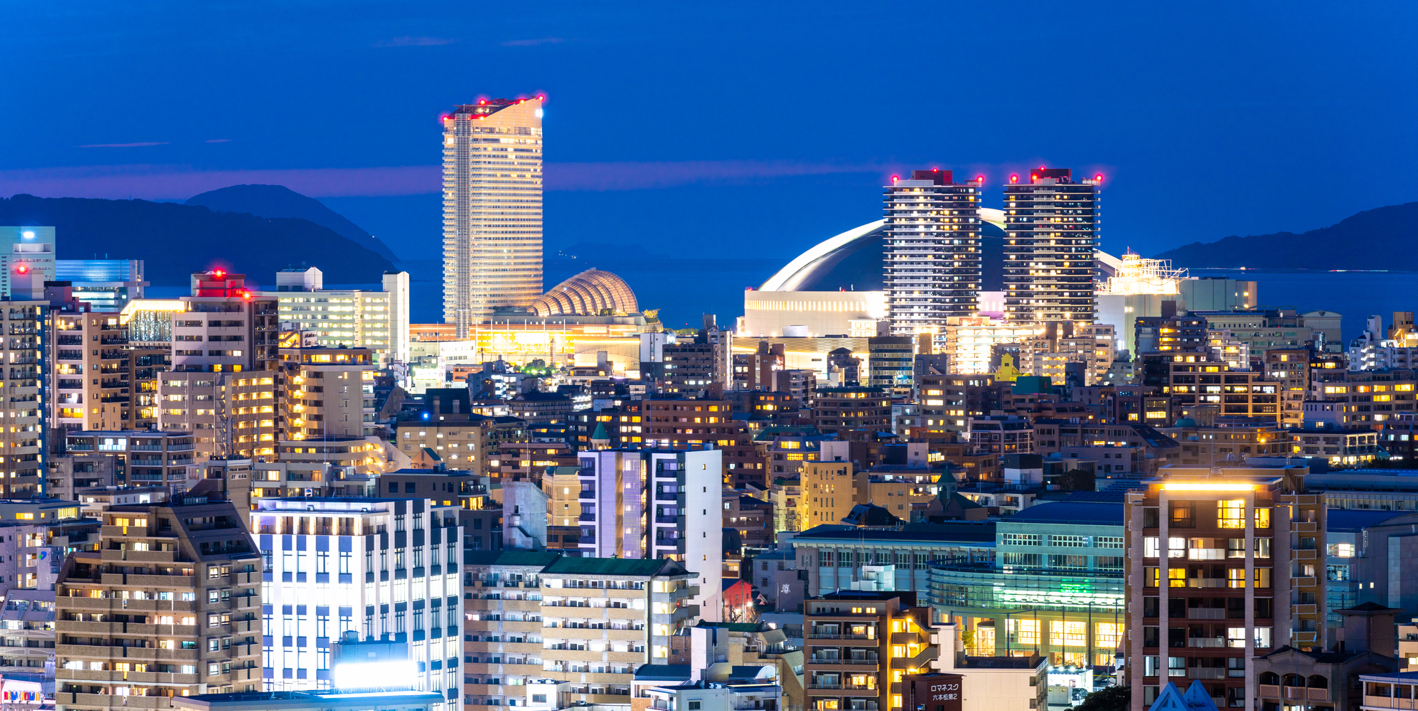
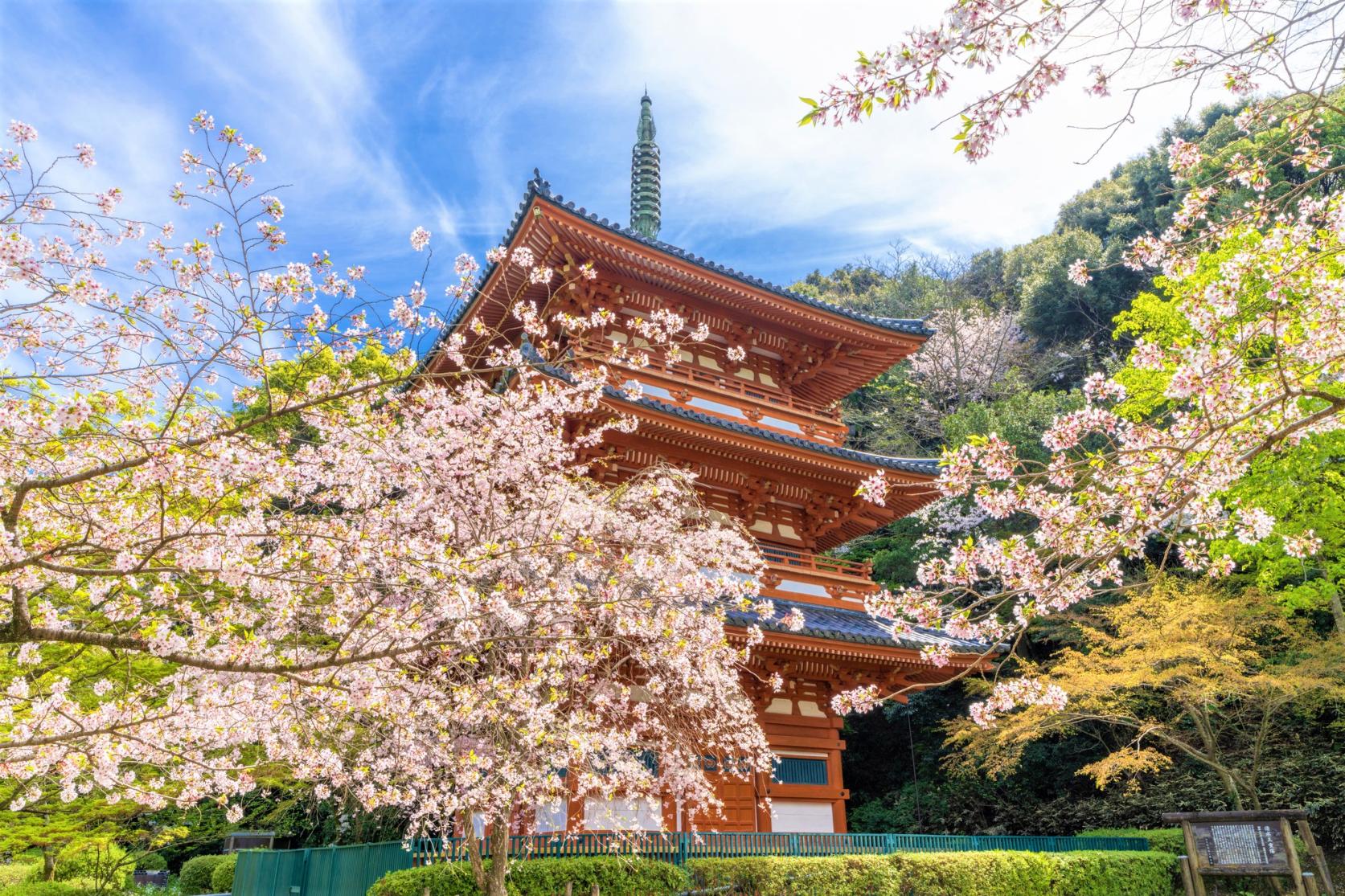
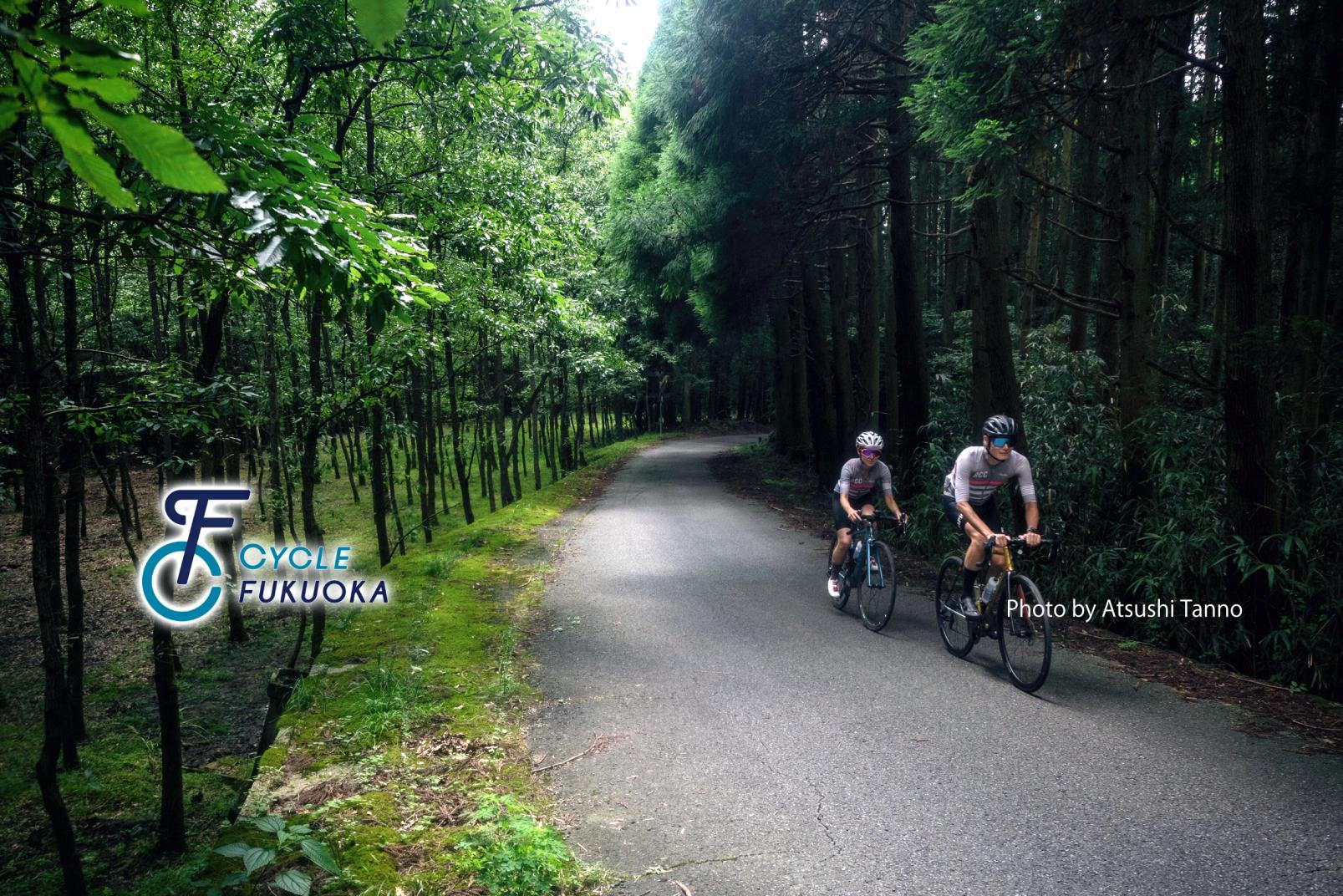
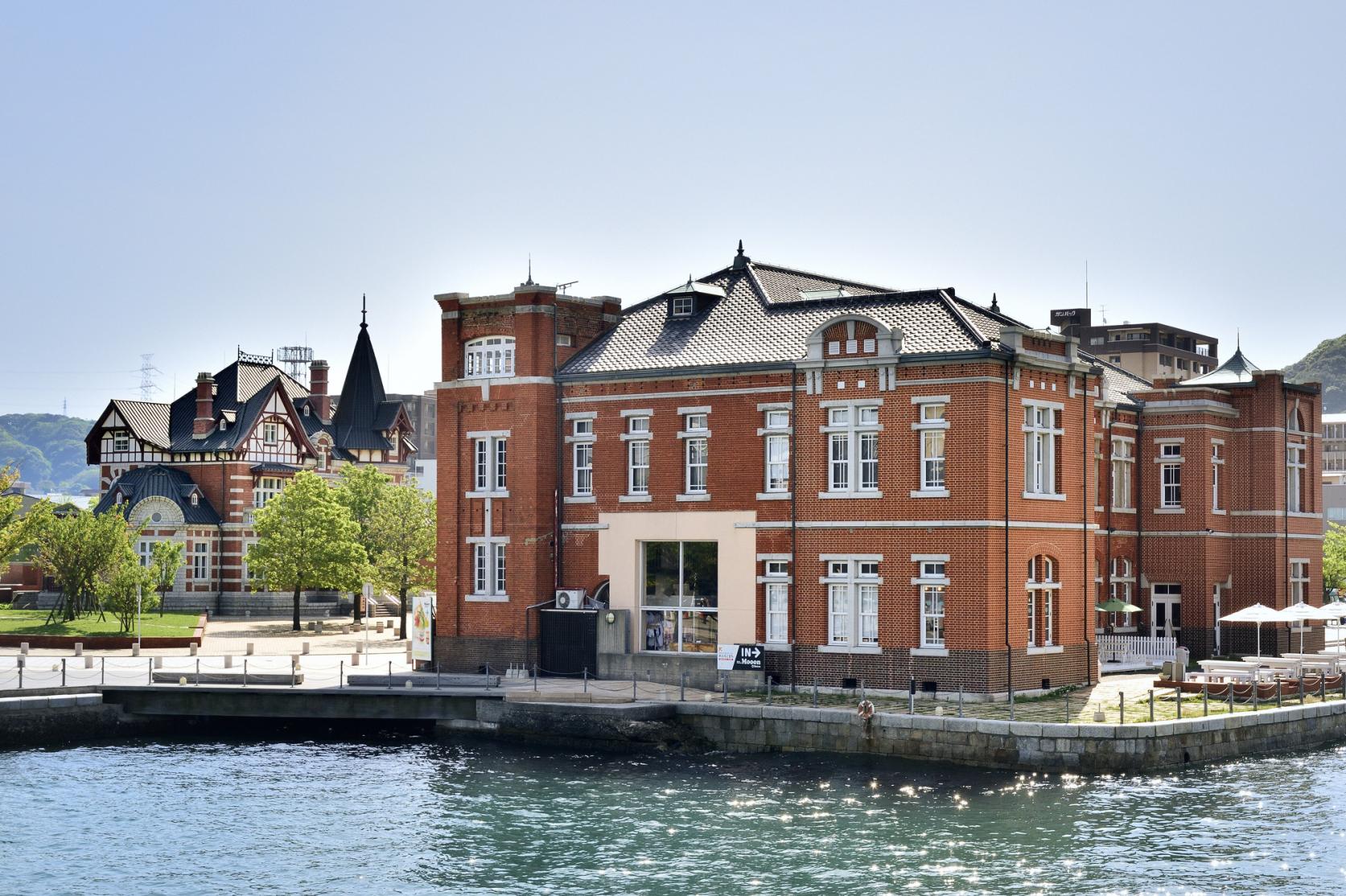
![[2024 Edition] Enjoy the New Year in Fukuoka! Special Feature on First Sunrise and Hatsumode-1](https://www.crossroadfukuoka.jp/storage/special_features/303/responsive_images/WMWmetE3zassCD8JlncouwivzCqCrrAAwwhp5OGF__1669_866.jpg)
